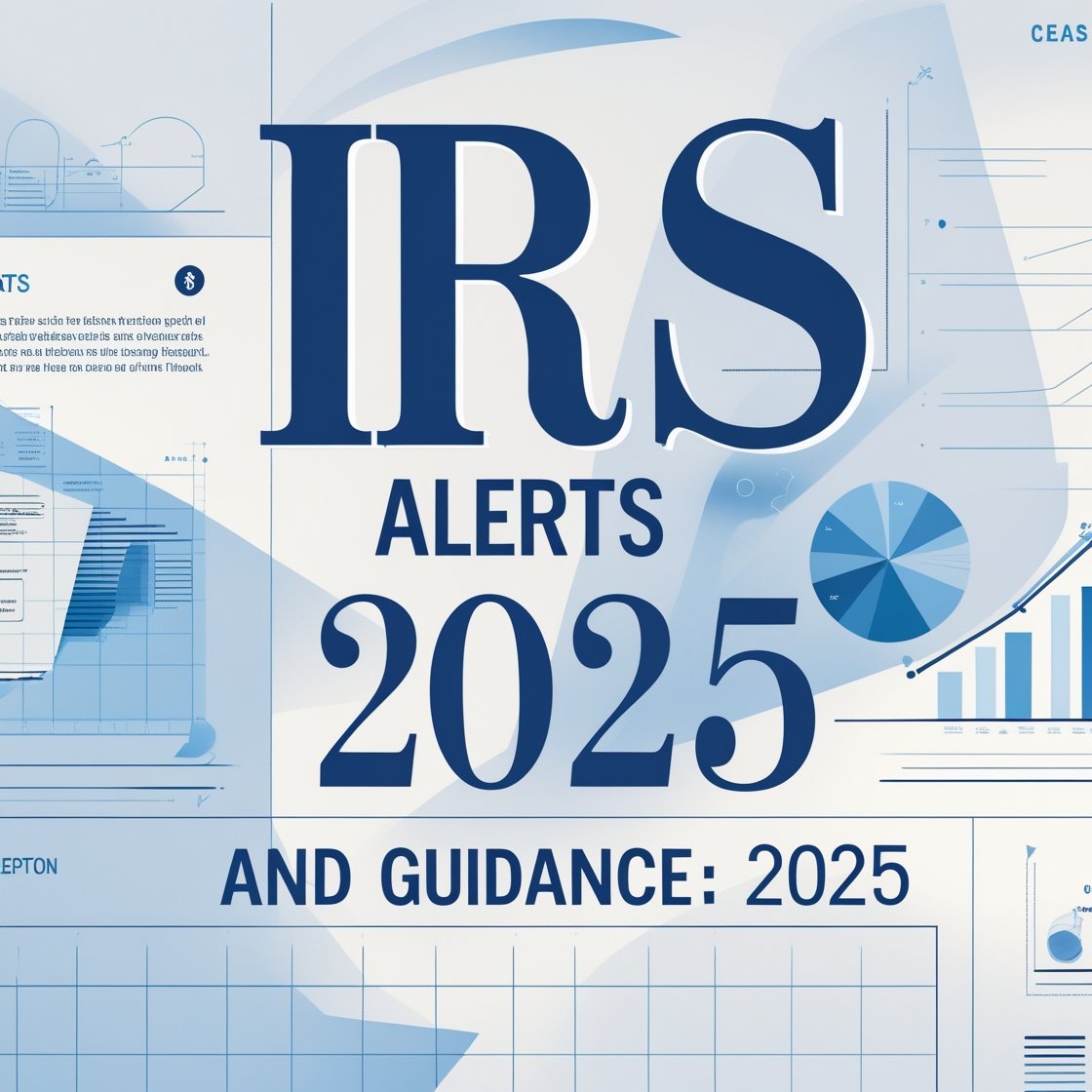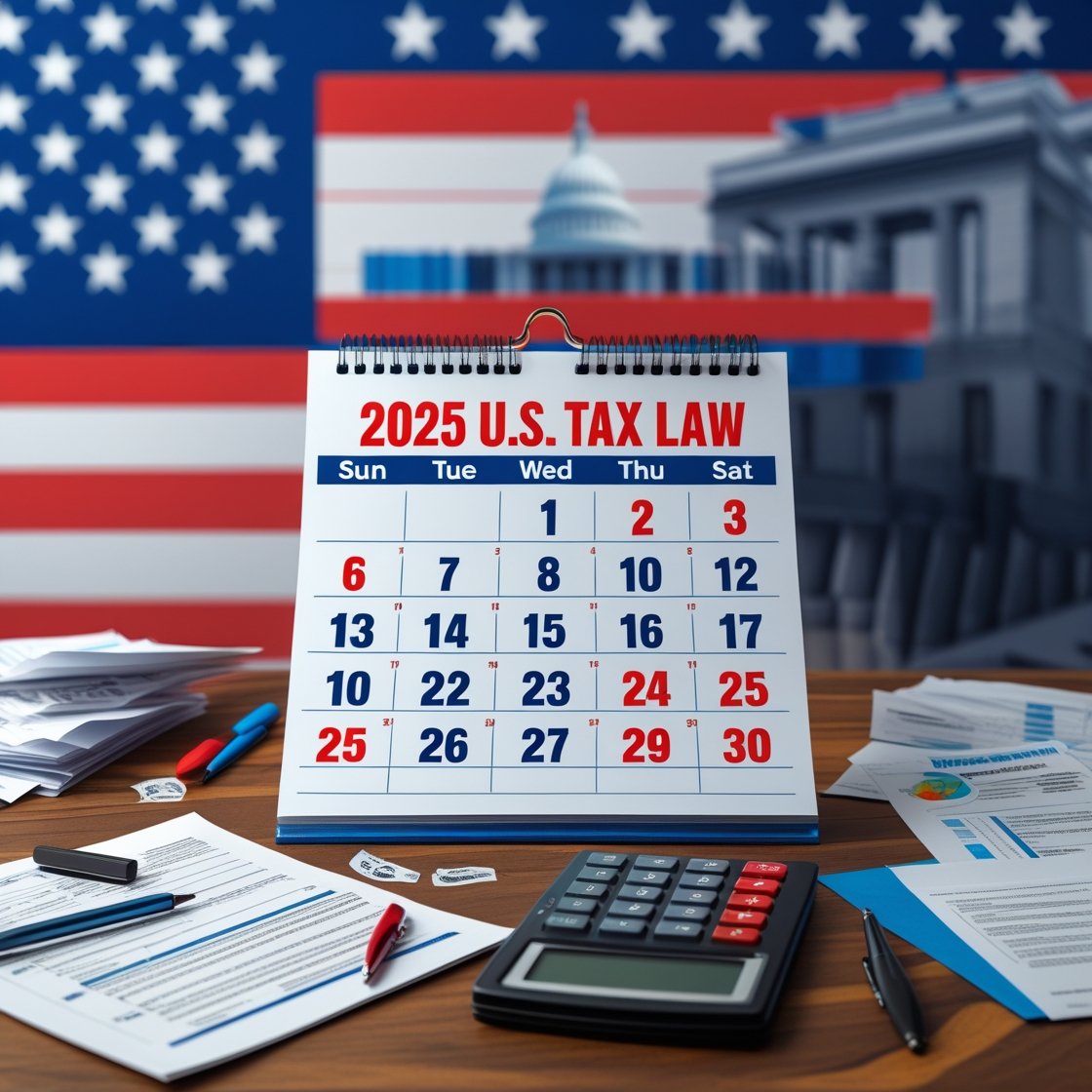The economic policies of any U.S. president have far-reaching implications on global markets, and tariffs are no exception. During President Donald Trump’s tenure, his administration imposed tariffs on several countries, particularly China, with the goal of reducing trade deficits and protecting American industries. However, these tariffs also had a significant impact on the value of the U.S. dollar.
Understanding Tariffs and Their Purpose
A tariff is essentially a tax on imported goods. By imposing tariffs, the Trump administration aimed to:
- Reduce the U.S. trade deficit by discouraging imports.
- Encourage domestic production by making foreign goods more expensive.
- Leverage trade negotiations with countries like China, Canada, and the European Union.
While tariffs may support certain domestic industries, they also lead to retaliatory measures, inflation, and shifts in currency values.
The Relationship Between Tariffs and the Dollar
Tariffs can influence the U.S. dollar in multiple ways, both directly and indirectly:
1. Increased Demand for the Dollar
When tariffs make foreign goods more expensive, U.S. consumers and businesses may shift toward domestic products. This reduces the outflow of dollars to other economies, which can strengthen the dollar’s value. Additionally, if tariffs lead to a reduction in imports, fewer dollars are exchanged for foreign currencies, which also supports a stronger dollar.
2. Inflation and Interest Rates
Tariffs generally raise the cost of imported goods, leading to inflation. To counteract inflation, the Federal Reserve may raise interest rates, making the dollar more attractive to investors seeking higher returns. A stronger dollar results from increased foreign investment in U.S. assets, such as bonds and stocks.
3. Trade Wars and Global Uncertainty
If trade tensions escalate due to tariffs, global investors often seek safe-haven assets, including the U.S. dollar. This demand can further boost the currency’s value. However, prolonged uncertainty may also lead to capital outflows from the U.S. if businesses fear negative economic repercussions.
4. Retaliatory Tariffs and Reduced Exports
Foreign governments often retaliate against U.S. tariffs by imposing their own, making U.S. exports more expensive abroad. If U.S. companies face declining overseas sales, this could slow economic growth and weaken the dollar. A weaker dollar, in turn, could make American goods more competitive internationally, partially offsetting the impact of tariffs.
Real-World Effects Observed Under Trump’s Tariff Policies
During Trump’s presidency, the dollar showed resilience despite ongoing trade wars. Some key observations include:
- The dollar initially strengthened due to reduced imports and increased demand for U.S. assets.
- Inflationary pressures emerged due to higher prices on imported goods, but the Federal Reserve’s rate hikes supported the dollar.
- Market volatility surged as investors reacted to trade negotiations and policy shifts.
- The trade war with China led to significant currency fluctuations, with China devaluing the yuan to counteract tariffs.
Contact us: +1 (972)-996-6644
Email us : info@theriwa.com Visit our website : https://theriwa.com/






